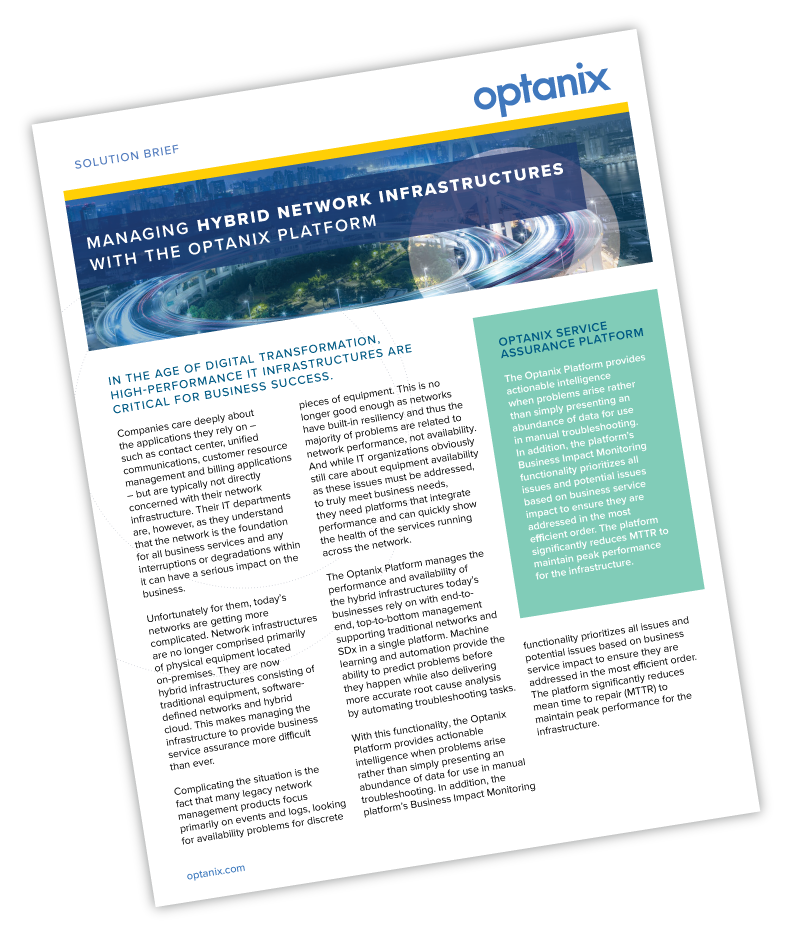
How to Respond to Customer Backlash During a Network Outage
Even with the best laid plans, a network outage could still strike at any time. While your team scrambles internally to fix the issue, customers are likely to grow more and more upset and impatient over the course of the outage.
Customers have high expectations for the products and services they use and failure to meet those expectations can cost you business. How you communicate with customers during an outage can also have a huge effect on their satisfaction and loyalty. Here are some strategies for properly responding to customers when a network goes down.
Don’t Wait
Earlier this year, the Virgin Mobile network went down for a few hours in Australia. Customers left with only emergency calling abilities were understandably frustrated, but what really landed Virgin in hot water with customers was their failure to share information about the outage. Angry customers took to social media and the company’s website to complain about the lack of notification about the widespread outage.
Forcing customers to guess whether they’re experiencing a mere service issue or an actual outage won’t make them happy, so it’s best to share outage information as soon as possible. A website notice and posts to social media will alert customers that there is an outage. Depending on the severity of the outage and expected downtime, it may make sense to also email customers and clients as another means of making them aware of the problem.
Provide Updates
When an outage occurs, it’s not always clear right away what has caused the problem and how long it will take to fix. Meanwhile, network outages cost businesses productivity and profit, so customers get upset when they’re unable to make backup plans.
Sending out updates shows customers that you’re taking the problem seriously and doing what you can to address it, and also allows them to make alternate plans for their businesses. For example, if it appears the network outage will take hours to resolve, managers might want to send home some staff or even close for the day to minimize losses.
And don’t forget to let customers know when the service is back up and running so they can resume work as soon as possible.
Listen and Be Empathetic
Your team knows how stressful dealing with a network outage is and it’s important they remember that customers are in the same boat.
Anyone interacting with customers should be listening to their concerns and trying to understand the full issue. Customers want to know their concerns are heard, and showing them that you are listening and taking their feedback seriously can go a long way in preserving business relationships.
Recognize that customers may be losing their own business during a network outage and empathize with them. Respond to customer questions and complaints with whatever information is available and, whenever possible, provide solutions or alternate workarounds to the issue.
Be Prepared
Customers are likely to tolerate an occasional outage, but they’ll start looking elsewhere for service if network outages become routine. Minimizing outages and being prepared to act quickly when they do happen will bolster customer satisfaction and confidence in your services.
Make sure there’s a clear understanding of your own systems and how they interconnect, so when there is an issue, there will be some likely culprits. After an outage is fixed, make sure your team takes time to analyze what happened, as well as the response, to be better prepared the next time.
Ready to solve the operational issues plaguing your network infrastructure?
